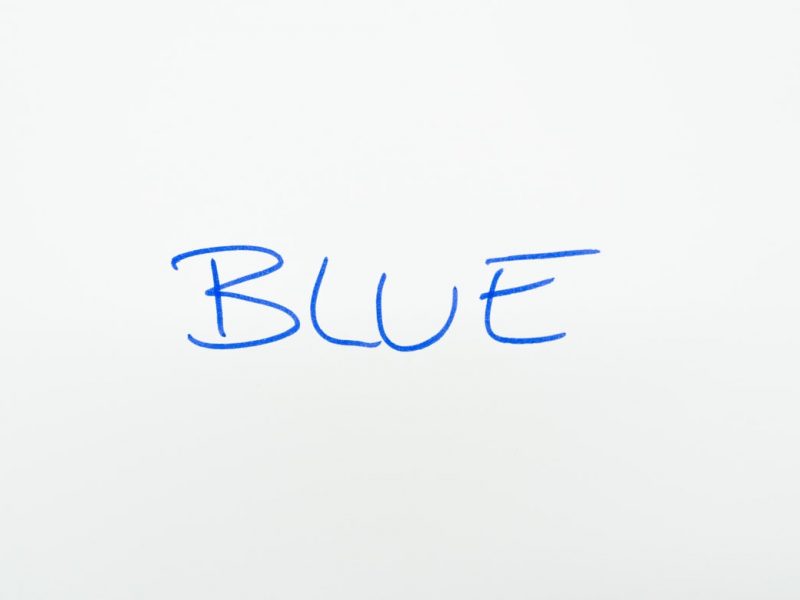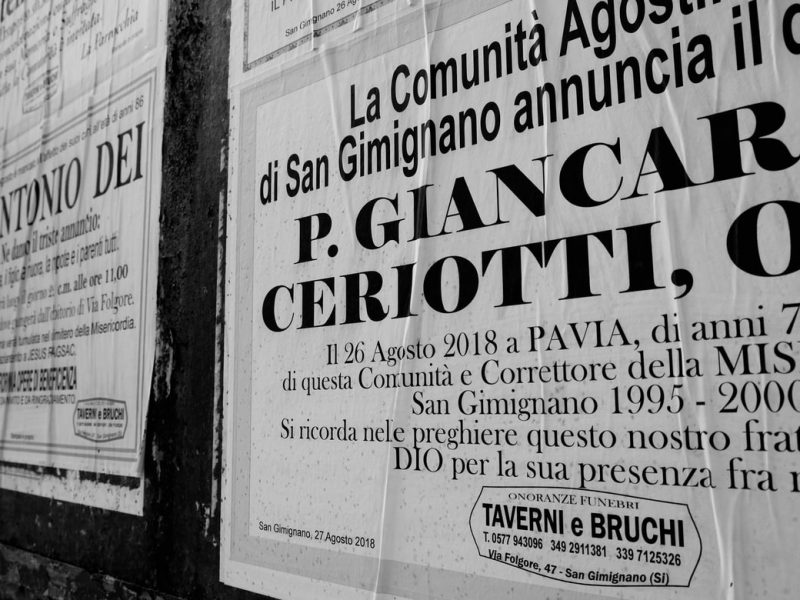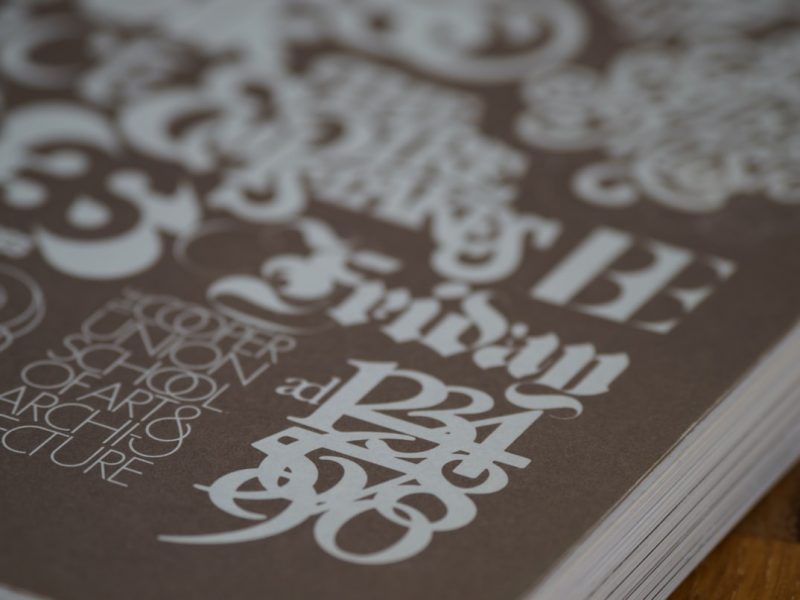About Us
Typography is the most important and satisfying part of design, yet it is underappreciated.
Typography is sometimes defined as the art of organizing letters and characters, but it is so much more. The letters, numbers, and symbols are only a small component of the whole.Strong typography has the ability to strengthen a brand, make your product more intriguing, and draw attention to your brand message. This was not always the case, though. It was only a medium of communication decades ago, and individuals used to arrange the letters and characters in a tangible place (unlike today’s digital era).


We can now effortlessly arrange letters and characters, increase them to fit the design, or kern them to match the feel – all with a single stroke of our hand, thanks to computers. Physical space, on the other hand, continues to exist for a variety of reasons. Many individuals still don’t understand the distinction between typeface and typography. Typography is the art of arranging letters in a way that makes them readable and appealing to the eye. A typeface (sometimes known as a font family) is a collection of fonts that share a common aesthetic, such as Garamond, Times, and Arial.Calibri, bold, size 11 font is a specific form (style, weight, and size) of typeface.
Fonts and moods, oh my!

We, being multi-faceted individuals, experience mood swings. Emoticons, emoji, and other symbols are used to express our feelings. Emotions may be represented in a variety of ways when it comes to branding, including color, logo, and tone, to mention a few.Apart from making the text attention-grabbing and intelligible, fonts also play a significant role in setting the correct mood.

Aesthetic of Reading

Kevin Larson and Rosalind Picard of Microsoft discovered in their study “Aesthetic of Reading” that “high-quality font appears to produce a happy mood.” Similarly, Wichita State University’s Software Usability Research Lab performed a poll to see if different fonts may elicit specific feelings. San Serif typefaces offer an all-purpose personality, according to the researchers, who asked participants to link each font with a certain attitude or experience. Serif, on the other hand, is associated with a more conservative demeanor.
A font may entirely shift the meaning of a word

According to the analysis, the Times was more appealing than the Courier.The top three fonts connected with each emotion or sentiment assessed in the poll are listed below. Fonts, believe it or not, not only elicit specific feelings, but also responses – all without our knowledge. Designer Sarah Hyndman discussed how different fonts alter our perception of smell and taste, as well as our moods, during her TEDx talk.”A font may entirely shift the meaning of a word,” she explains. It may give it a past, a personality, and transform it into a force to be reckoned with.” She said that rounder fonts, such as Jelly Beans, might make a brand taste far sweeter than jagged, angular fonts.

What is the significance of typography?
Typography is all around us! It’s everywhere, from books to banners, and from your phone to a coffee cup. Even if it appears insignificant, a minor change can have a significant impact on the overall impact of the design. For a long time, Facebook used Helvetica as its official font, but when the business introduced Geneva, a new, slimmer font, people noticed it right away. Helvetica and Geneva are two different fonts.People have been protesting about Amazon’s website font shift from “Amazon Ember” to “Amazon Bookerly,” which is the default serif for Kindle devices, back in June 2018. Amazon customers were dissatisfied. Amazon vowed to “take this as feedback” in response to the outcry. Amazon’s former font, Amazon Ember , vs. Amazon Bookerly. Although the adjustments were subtle, users (including non-designers) were aware of them and responded accordingly.
Takeaways
Fonts are vital for both design and content; they affect the audience’s various senses, making font psychology something a designer cannot afford to ignore. Focus on your brand’s message and emotions when choosing the correct font for your design.
A friendly font cannot be used to symbolize a bank. Remember, we’re humans seeking to connect with other humans, and dragging an impersonal, empathy-free branding strategy would eventually fail.
Another piece of advise is to put in some practice time. It may not be easy, but learning the fundamentals of typography will help you improve your design skills.
Consider your font choices carefully, and don’t be afraid to seek inspiration from others who have succeeded in your area.
